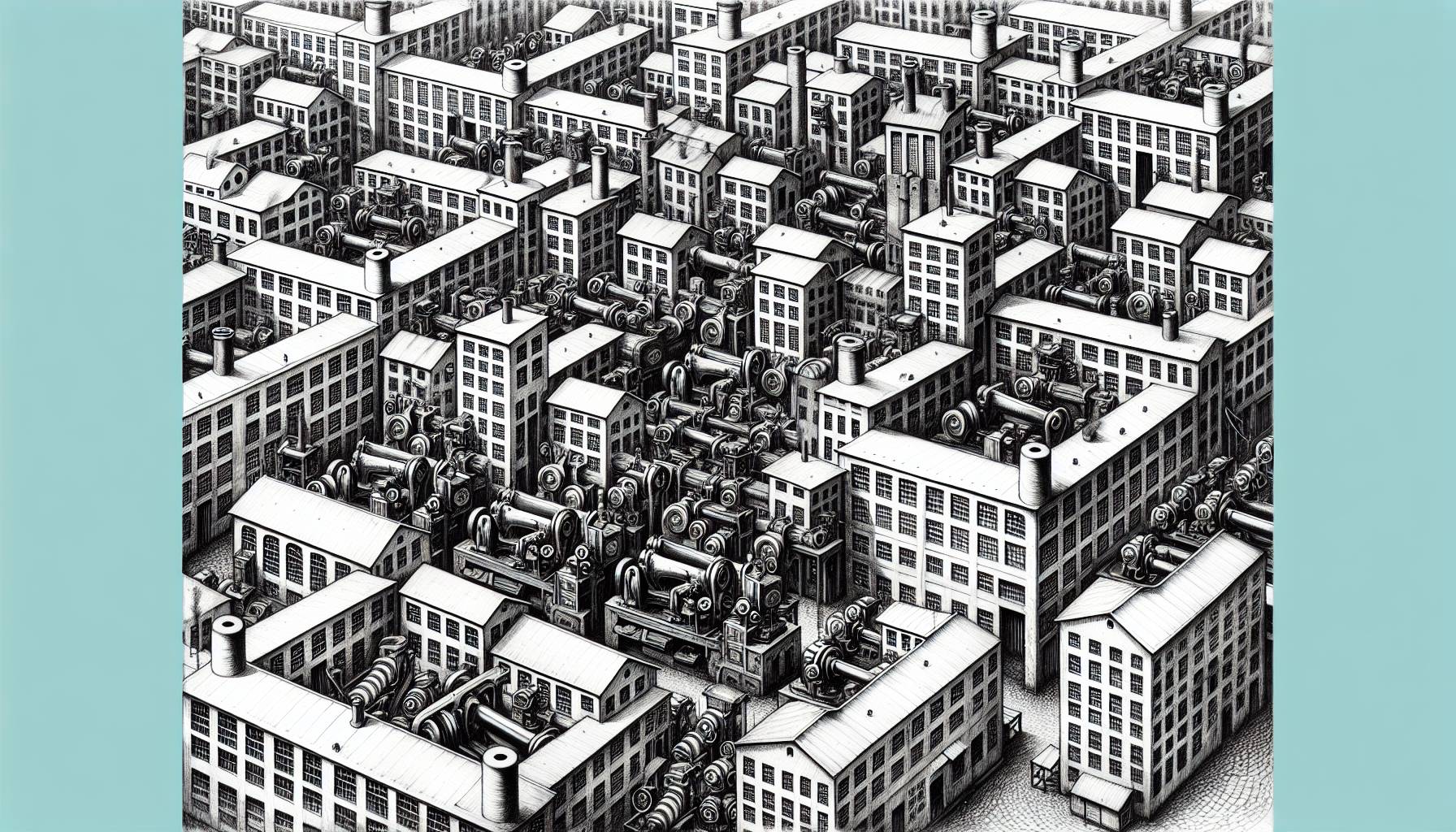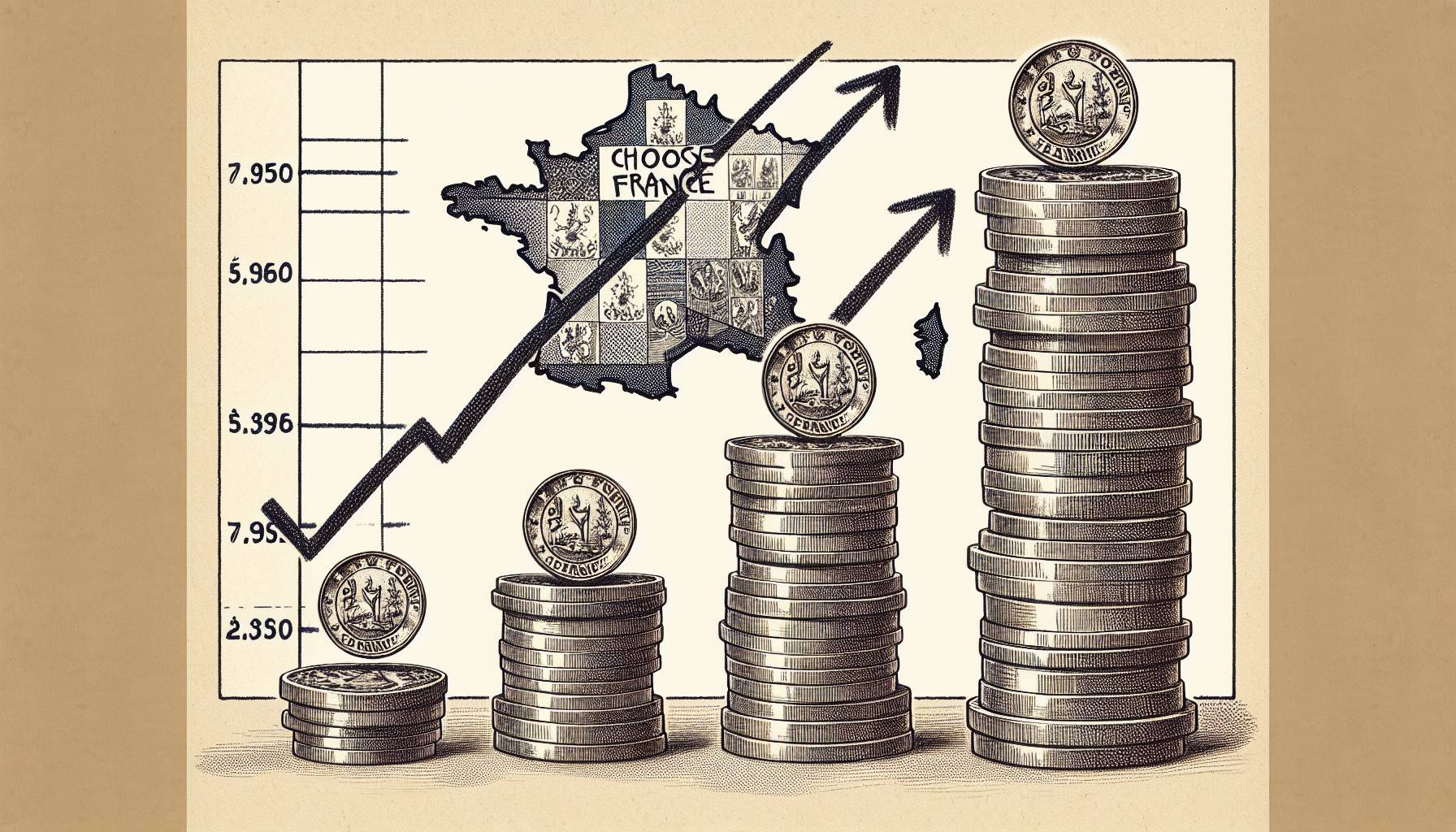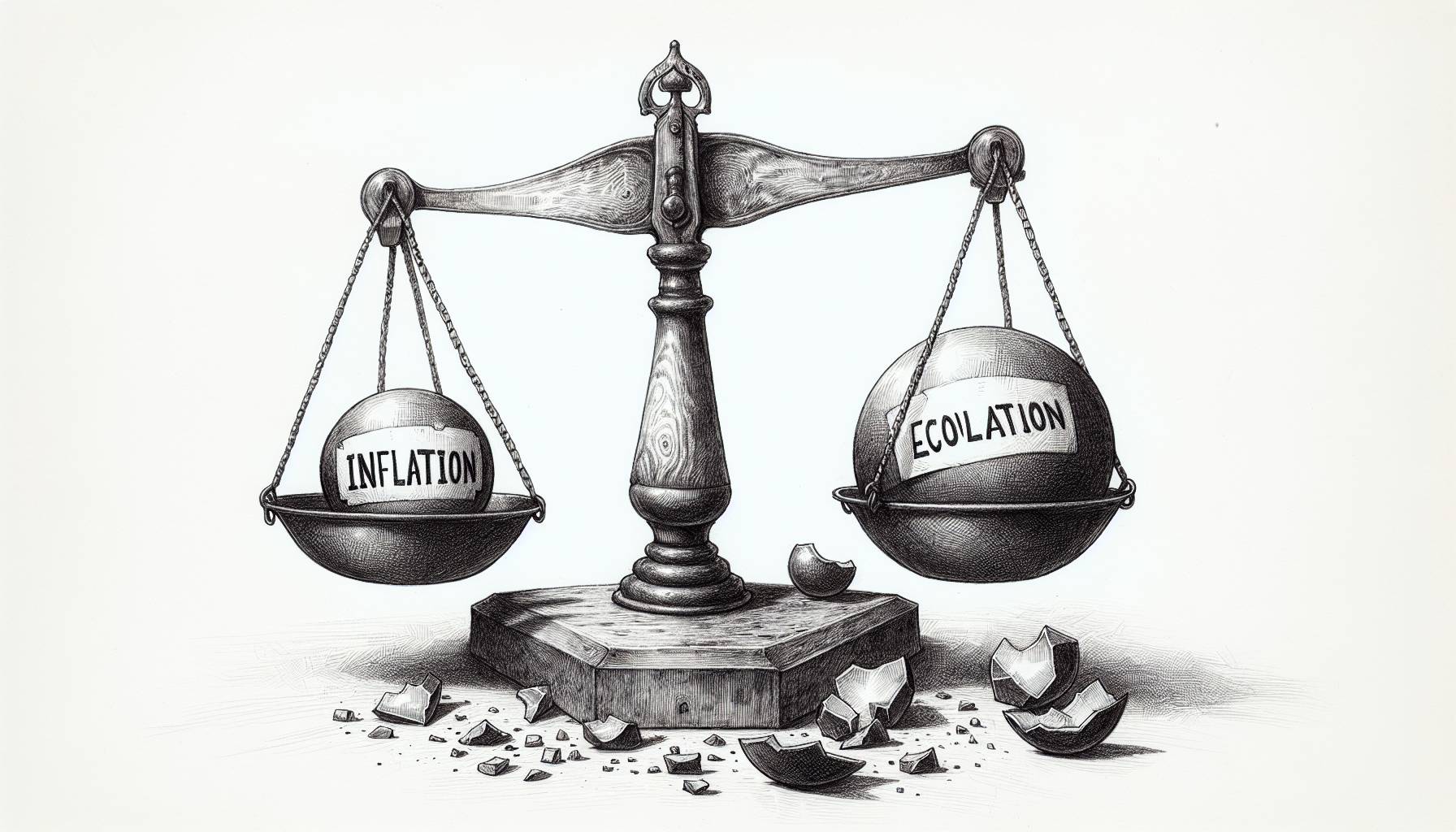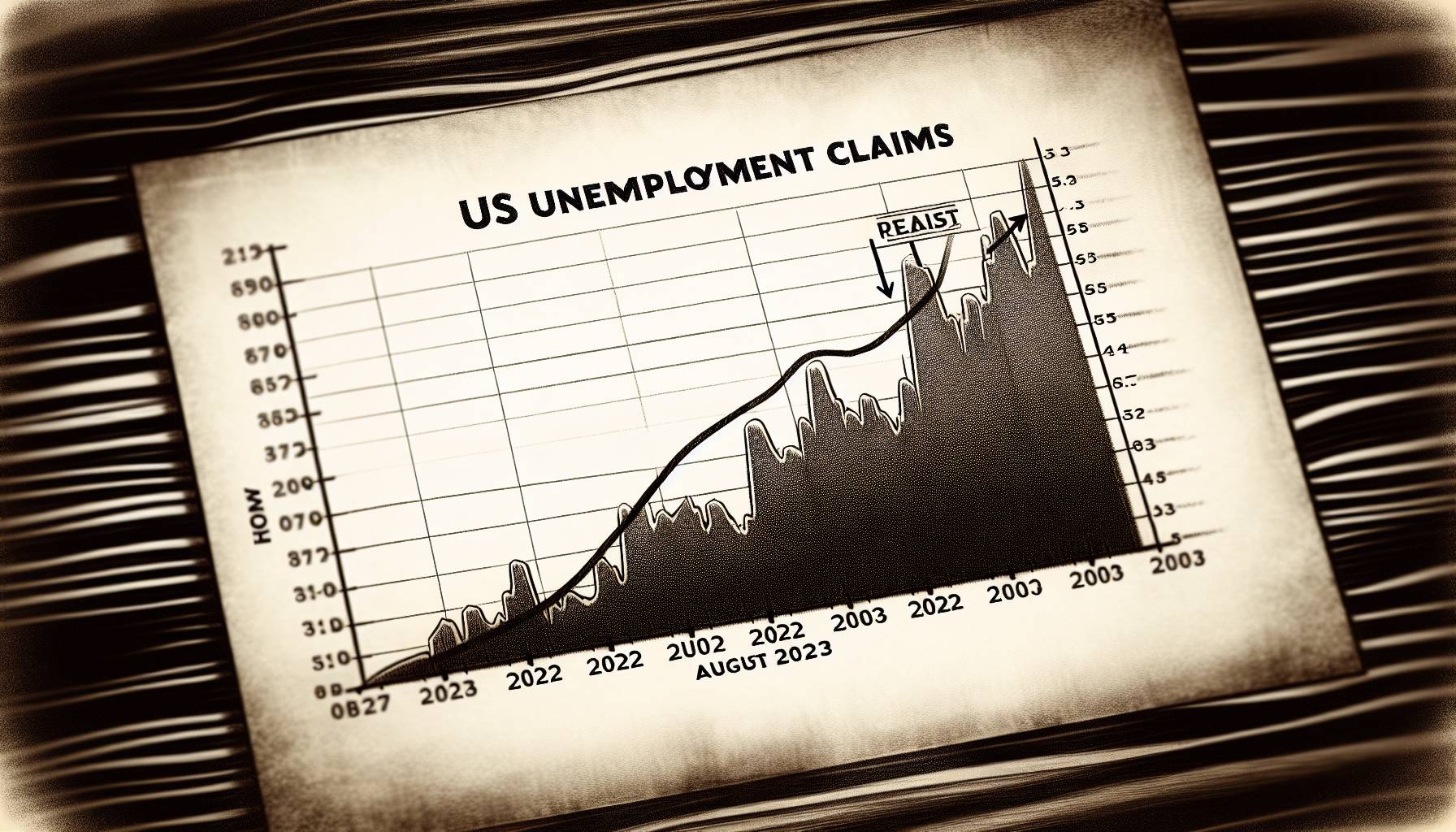China’s persistent problem of factory overcapacity is posing considerable economic and environmental challenges. This overproduction diminishes profit margins, impacts trade relations, and increases the strain on the country’s banking system due to debt accumulation.
The issue also heightens pollution levels and energy consumption, thus raising environmental concerns. Despite the Chinese government prioritizing overcapacity management measures such as factory shutdowns and reorganizations, the issue persists. Reducing factory overcapacity is, therefore, crucial for China to secure sustainable economic growth and improve global trade relations.
Overcapacity not only reflects wasteful resource allocation but also causes increased competition, driving down profits and exacerbating economic instability. Such economic predicaments also affect the global economy, unsettling global markets and disturbing international trade relations.
Furthermore, this situation creates a strain on China’s strategic partnerships, and these economic ripples require a re-evaluation of China’s industrial strategy and decisive action to restore economic balance. Many economic experts advocate for a systematic approach that includes necessary de-industrialization, a shift towards service-oriented sectors, and rigorous implementation of restructuring policies to restore economic equilibrium.
Addressing China’s factory overcapacity issue
Amid the economic downturn caused by the pandemic, overcapacity issues have gained increased significance. Profits have shrunk, burdening businesses and forcing industries to reduce fixed costs and increase operational flexibility. Reduced consumer demand for many products and services exacerbates the issue, compelling businesses to re-evaluate their strategies and explore new survival routes.
The government’s stimulus measures and economic revitalization policies have had limited impact due to the overcapacity issue. Despite these challenges, the government remains committed to recovery, signified by the continual formulation and implementation of market-friendly policies.
The task at hand is difficult, but if successful, these initiatives could be instrumental in restoring vitality to the economy and fostering sustainable long-term growth. Overcapacity is a long-standing obstacle to China’s economic progress, and officials are required to devise industry-specific solutions and prioritize resource allocation and production efficiency to achieve balanced economic growth.
In conclusion, navigating this economic challenge requires strategic planning, decisive implementation, and a collaborative effort from government authorities, industrial leaders and local communities. Although the road seems tough, with a targeted approach and proper management, this problem can be turned into an opportunity for economic development and resilience.













